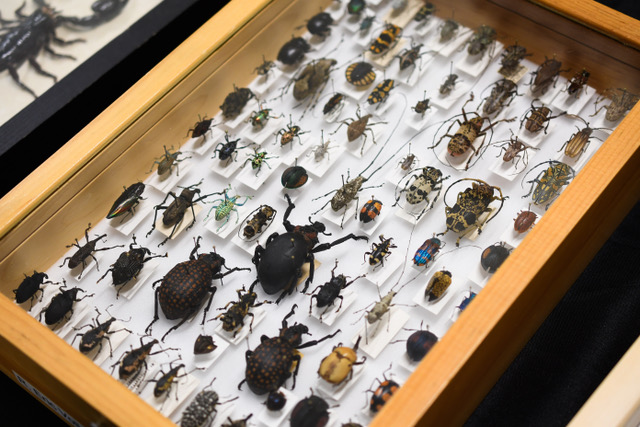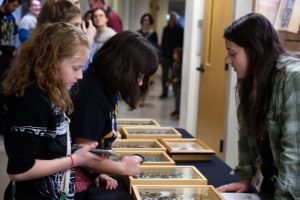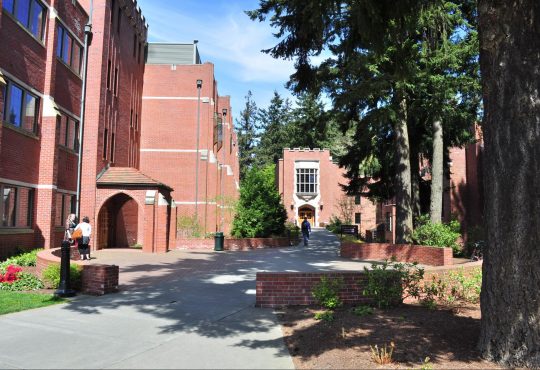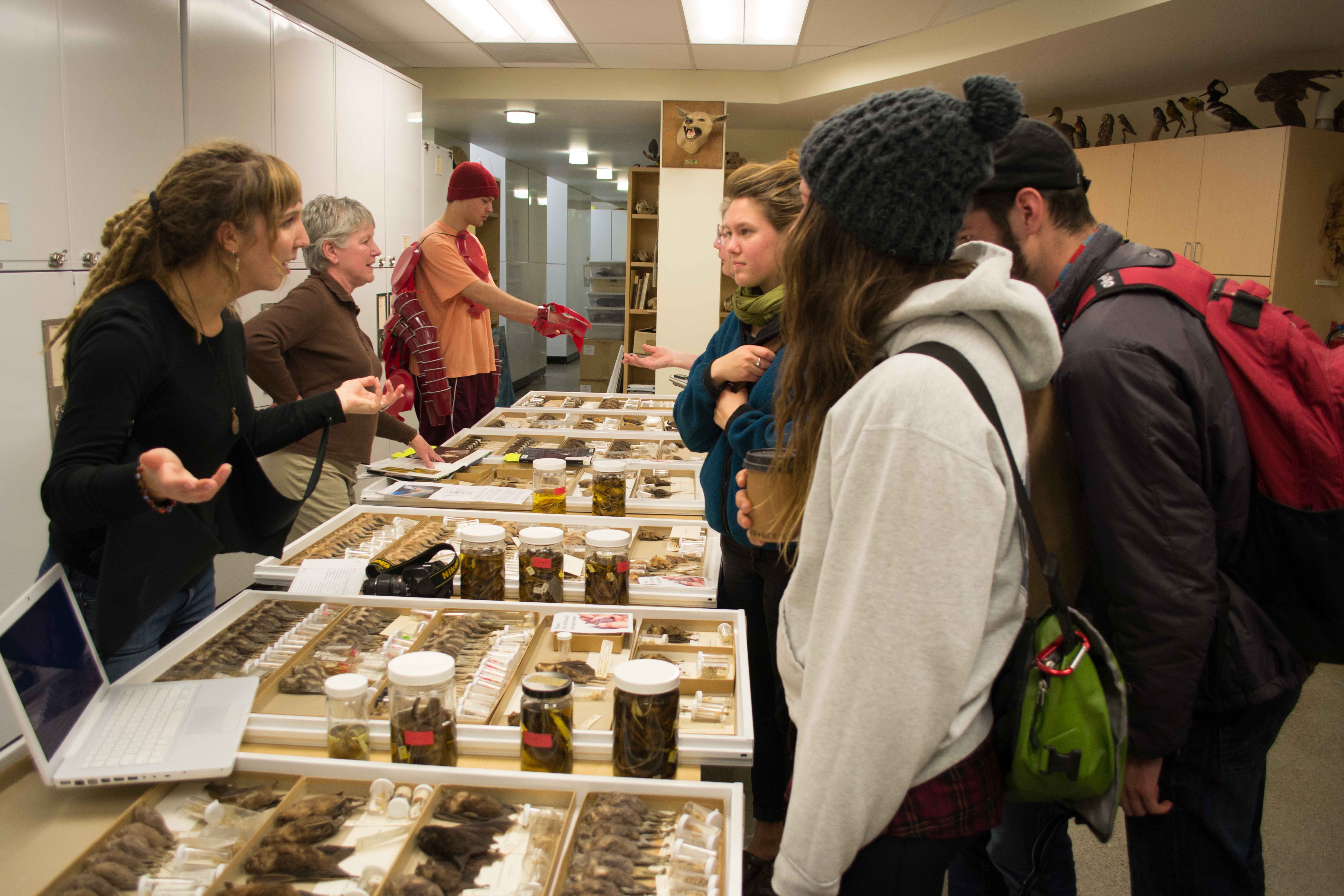

When you spend every day as a student here at Puget Sound, it’s easy to miss some of the most amazing things that the University has to offer. One part of campus that’s easy to miss is Slater Museum, located in Thompson Hall.
“The Slater Museum is one of the Pacific Northwest’s significant repositories of biological specimens and is a node in a worldwide network of similar repositories. The specimens and associated data serve as the primary sources of information about both spatial and temporal aspects of biodiversity anywhere in the world,” the museum website reads.
This fascinating collection is hidden away on the second floor of Thompson. The museum employs student docents who get to spend their work hours helping out with the collection and specimens.
“The first thing I would tell someone about Slater Museum if they had never heard of it is that it is something you have to see to believe! The Slater Museum is a collection of over 85,000 specimens, including birds, mammals, reptiles, amphibians, insects and plants. These specimens come from all around the world and date back to the late 1800s! It is predominantly a research collection that is also used in plenty of scientific education and public outreach,” student docent Olivia Burke said.
The museum endeavors to “provide a well-curated archive of animals and plants specimens for research and education,” according to their website. Many of their animal specimens are skinned and prepared in the museum and are available for viewing.
Dr. Gary Shugart, one of the people in charge of skinning and preparing animals at the museum, said that many of the animals the museum gets are salvaged from vehicle or window collisions.
“[Many of the animals are] also cat kills. Or just found dead,” he said.
The museum gets on average about five animals a week, according to Shugart.
“The public drops one or two off when found or sometimes we get bags full from the government,” Shugart continued.
“Not strange, but different, were two coyotes hit by cars on Vashon Island on Dec. 14 and 25. The first in 30 years living there despite them being very common,” Shugart said, when asked if he had any strange stories about animals he had been brought.
One of the museum goals stated on the website is to help educate the public on the value of natural history museums.
“We have a lot of school groups that come in for tours at the museum. Kids always have interesting reactions to the ‘ick factor’ of being close to dead specimens. Once on a tour, I was teaching a group and a small group of girls refused to approach the sloth specimen I was talking about. By the end of the tour, they were at the front row of kids and super interested in viewing the specimens up close,” Burke said.
“Slater Museum is unlike the vast majority of natural history museums that folks might be familiar with. Slater is primarily a research collection, which means that a lot of the collection is stored in cabinets most of the time. The Slater Museum’s collection is like the behind-the-scenes part of most natural history museums. Research collections like ours are usually only accessed by scientists and researchers, but the Slater gives everyone the chance to see how most natural history museums operate,” Burke said.
One of the ways that the Museum attempts to engage the public is by hosting Nights at The Museum.
“Night at the Museum events give us an opportunity to take a variety of specimens out so that people have an opportunity to see them. It is also a great chance for students and community members to come together with other education groups such as the Point Defiance Zoo and Aquarium. They often bring live animals to Night at the Museum!” Burke said.
These events run from February to May this semester. Students who are interested should check the museum website for the full schedule of events.
“A highly under-used resource and super amazing opportunity to learn about our research collection in between Night at the Museum events is docent open hours. During open hours, anyone is welcome to come into the museum and get a tour from a student docent at no charge,” Burke said.
“Open hours occur every Wednesday through Friday from 11 a.m. – 2 p.m. Students can get involved as volunteer docents or skinners at the Slater Museum. Docents assist with our education and outreach programs, while skinners work in the prep lab to skin and prepare our specimens. Volunteers are trained at the beginning of the fall semester. Email slatermuseum@pugetsound.edu if you’re interested, or find the Slater table at LogJam!” Burke concluded.
Students are encouraged to stop by Thompson 295 to check out the collections and to learn more.



